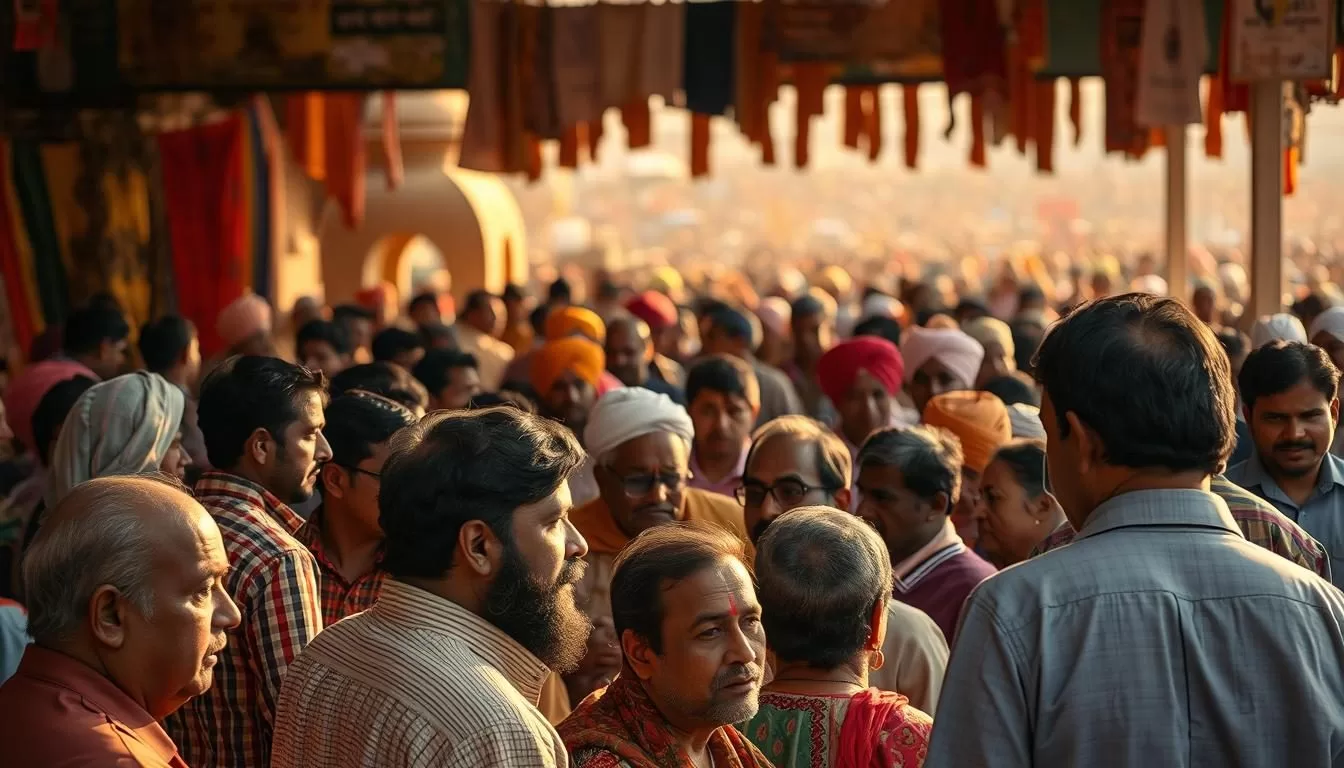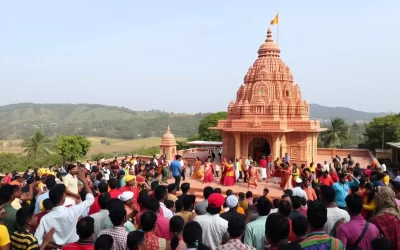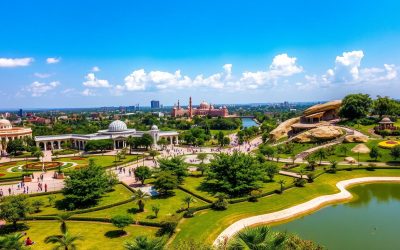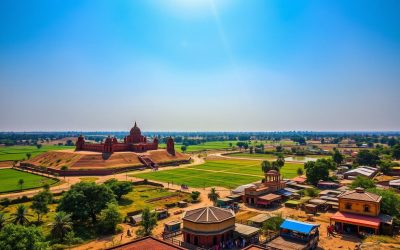You’ll explore the rich cultural heritage of Haryana, a northern state in India, through its fascinating language landscape. The state’s linguistic identity is shaped by its history, geography, and cultural exchanges.
The official language of Haryana is Hindi, while Punjabi serves as an additional official language. You’ll learn about Haryanvi, the most common dialect spoken in the region, and its significance in local communication.
This comprehensive guide will introduce you to the languages spoken in Haryana and provide insights into the state’s unique position within India’s broader linguistic framework.
The Linguistic Landscape of Haryana
As you explore Haryana, you’ll discover a complex tapestry of languages and dialects that reflect the state’s rich cultural heritage. Haryana, a state in northern India, is home to a diverse population that contributes to its linguistic richness.
Geographic and Cultural Context
Haryana’s geographic location has played a significant role in shaping its linguistic identity. The region has been influenced by various cultures and language families, including the Indo-Aryan language family, which is predominant in the area. With a substantial population, Haryana represents a microcosm of India’s broader linguistic diversity.
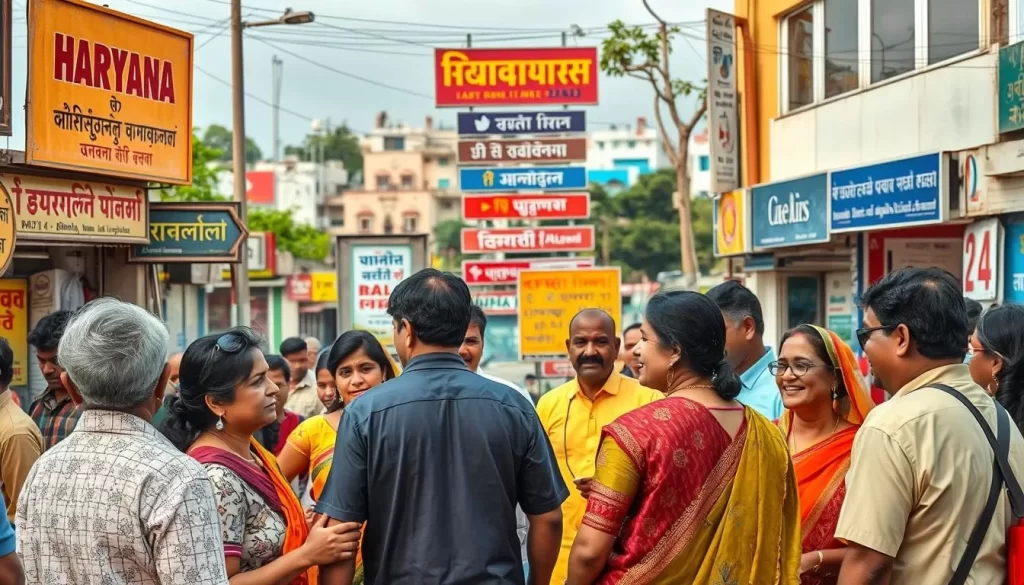
Language Diversity in Haryana
The state of Haryana boasts a diverse linguistic landscape, with various languages spoken across different districts. You can observe variations between urban centers and rural areas, reflecting the complex relationship between language and identity. Haryana’s linguistic diversity is a significant contributor to the country’s overall linguistic richness, making India one of the most linguistically diverse nations in the world.
The diversity of languages spoken in India, including those in Haryana, is a testament to the region’s cultural heritage. Understanding the dynamics of language use and preservation efforts is crucial for appreciating the cultural distinctiveness of different communities within Haryana.
Haryana, India: Official and widely spoken languages
As you explore the linguistic landscape of Haryana, India, you’ll discover the official and widely spoken languages that shape the region’s identity. The state’s linguistic diversity is characterized by a complex interplay of languages and dialects.
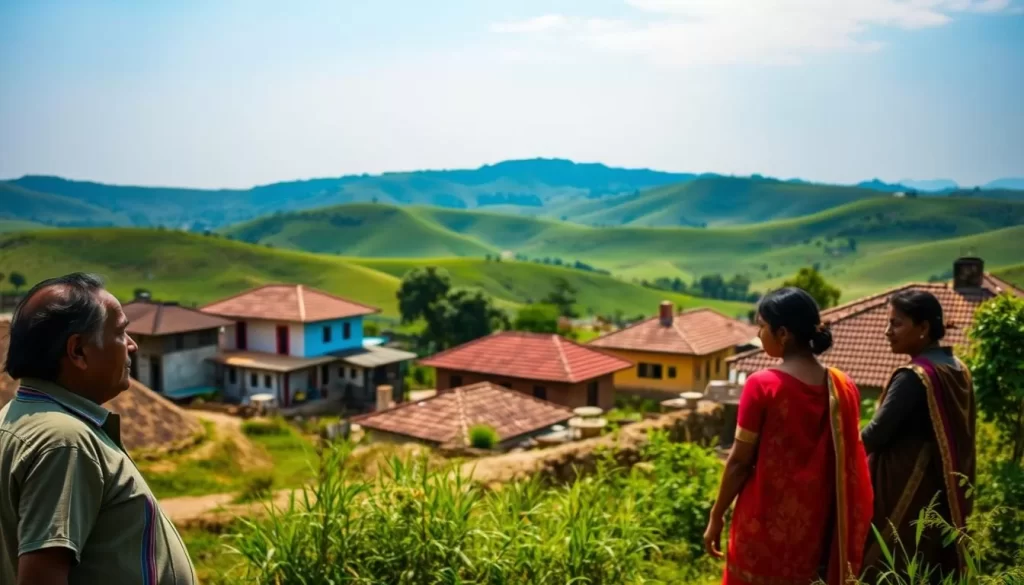
Haryanvi: The Heart of Haryana’s Identity
Haryanvi is considered a Western Hindi dialect, closely related to Khariboli and Braj. It is written in the Devanagari script, which is also used for other languages such as Hindi and Marathi. As a significant part of Haryana’s cultural heritage, Haryanvi plays a vital role in shaping the region’s identity.
Bangaru: The Predominant Dialect
Bangaru, also known as Jatu or Haryanvi proper, is the most widely spoken dialect in Haryana, predominantly used in the Rohtak, Jind, Hisar, and Bhiwani districts. The name “Bangaru” is derived from “Banger,” referring to the highland region between the Yamuna and Ghaggar rivers where it originated. Bangaru has distinctive phonological, grammatical, and lexical features that set it apart from other Haryanvi dialects and neighboring Indo-Aryan languages. Despite lacking official recognition, Bangaru remains a strong marker of regional identity, with speakers proudly identifying themselves as Bangaru speakers. Efforts are being made to document and preserve Bangaru’s unique linguistic features, which are potentially threatened by urbanization and standardized education.
Other Significant Languages in Haryana
You will find that Haryana’s language profile is enriched by the presence of multiple languages, each with its unique significance. While Haryanvi and Bangaru are integral to the state’s identity, other languages also play crucial roles in its cultural, administrative, and social contexts.
Hindi: The Primary Official Language
Hindi is the primary official language of Haryana, serving as the lingua franca for administrative purposes, education, and formal communication. As the most widely spoken language in India, Hindi facilitates connectivity across different regions and communities within the state. It is written in the Devanagari script, which is also used for other languages like Sanskrit and Marathi. The prominence of Hindi in Haryana reflects its importance as a link language in North India.

Punjabi: The Additional Official Language
Punjabi is recognized as an additional official language in Haryana, highlighting the state’s cultural and linguistic ties with neighboring Punjab. The language is significant in areas with substantial Punjabi-speaking populations, contributing to the state’s linguistic diversity. Punjabi, also written in the Gurmukhi script, is an important part of Haryana’s cultural heritage, influencing local traditions and community practices.
Sanskrit and Urdu: Historical and Cultural Significance
Sanskrit and Urdu hold special places in Haryana’s linguistic mosaic due to their historical and cultural significance. Sanskrit, a classical language, is revered for its ancient roots and is studied in traditional educational institutions. It has influenced local languages like Haryanvi, enriching their vocabulary and literary traditions. Urdu, with its historical presence in urban centers and among Muslim populations, contributes to Haryana’s literary and poetic heritage, despite not having official status. Efforts to preserve and promote these languages reflect their importance in Haryana’s cultural identity.
Language Preservation and Future Trends in Haryana
As you explore the linguistic landscape of Haryana, you’ll discover the challenges and opportunities in preserving its rich language heritage. The state’s language preservation efforts are multifaceted, involving documentation initiatives, cultural programs, and educational resources.
Urbanization and globalization are impacting language use patterns, with younger generations adopting Hindi and English. Community-based efforts are contributing to language maintenance.
| Category | Number of Languages | Speakers |
|---|---|---|
| Scheduled Languages | 123 | – |
| Non-Scheduled Languages | 147 | – |
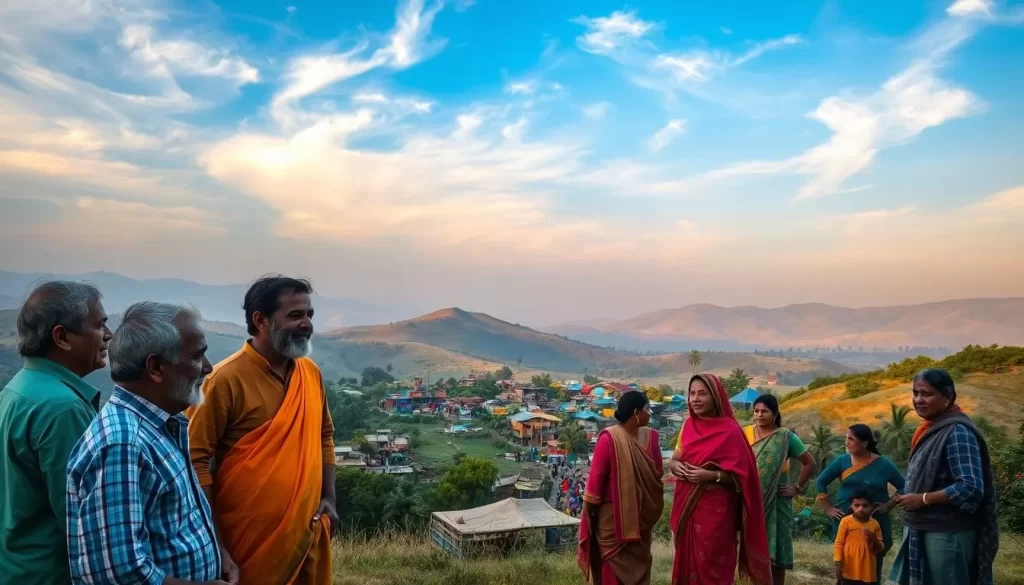
Conclusion
With a deeper understanding of Haryana’s languages, you can now appreciate the rich cultural heritage of this northern Indian state. You’ve gained comprehensive insight into Haryana’s linguistic landscape, from its official languages of Hindi and Punjabi to the culturally significant Haryanvi dialects.
The complex interplay between official languages and regional dialects illustrates challenges faced by many states across India. Understanding Haryana’s language dynamics provides valuable context for appreciating broader patterns found throughout the linguistically diverse South Asian region.
By grasping the significance of language families, particularly Indo-Aryan, you’ve gained a deeper understanding of Haryana’s linguistic development and its place within the broader Hindi Belt region. This knowledge allows you to better appreciate the linguistic richness of Haryana, making you more equipped to understand communications from this important northern Indian state.
The above is subject to change.
Check back often to TRAVEL.COM for the latest travel tips and deals.
